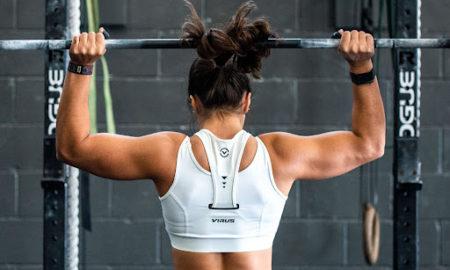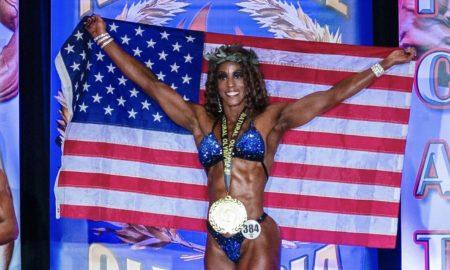During the so-called golden age of lifting—the 1940s and ’50s – there were just a handful of commercial gyms across the United States, and they were concentrated in the big cities. Gyms were few in number but run by people who were evangelists for lifting. I grew up in Chicago, where the YMCAs were the center of Olympic weightlifting and bodybuilding, and only one commercial gym – Johnson’s – had that focus. With the advent of the Vic Tanny chain, about 1959 in Chicago, things began to change. Now there was a gym that had carpet, pulleys, pools and all the trimmings but no power racks, lifting platforms or chalk.
At that point I trained at home, at the Y and at Tanny’s. Home training was mandatory for most who were interested in lifting, and the home gym idea evolved into “key clubs,” where interested lifters would pool their resources, rent a storefront and divide the cost and upkeep. The key club was a great solution—like-minded guys (and it was only guys) feeding on each other’s enthusiasm for the iron.
Most commercial gyms today have no lifting platforms, rarely have a power rack and usually have no squat rack. In addition, most don’t allow “grunting,” psyching up or any other noisy means of motivation. In short, they don’t want anyone who actually trains with intensity. Some facilities are openly hostile to anyone with muscle. Machine training has become the main course, and the concentration is on the first-time exerciser.
Athletes-football players, track-and-field participants and others who depend on functional strength and power need free weights. Professional athletes and trainers have essentially unlimited training budgets, and they invest in what works: Barbells, dumbbells, power racks and lifting platforms dominate the gyms that are driven by results.
As the typical gym has evolved away from result-producing free weights to the machine mentality, the home gym has become a necessity for anyone who wants more – as in more muscle, more results, more fun. It’s interesting that today there’s a return of sorts to the Muscle Beach lifestyle of the ’40s, ’50s and ’60s, which combined bodybuilding, Olympic weightlifting, powerlifting, gymnastics, hand balancing and wrestling, and it’s manifesting itself in mixed martial arts.
Our world usually rewards specialization, but if you’re interested in the IRON MAN training lifestyle, you’ll be a generalist. Historically, Iron Man covered all aspects of the weights, from bodybuilding to powerlifting and Olympic weightlifting – to hand balancing, strength feats and martial arts. Bruce Lee was a subscriber, and Peary Rader promoted a book on the martial arts in the ’50s.
So here we are 50 years later, and the rest of the fitness world is realizing that all parts of “training” are important: building muscle, strength and flexibility. Each has its place in your program, limited only by your goals and athletic ability.
The IRON MAN philosophy has always included serious home training and encompassed all aspects of training. It’s interesting that the Crossfit group (crossfit.com) has adopted that philosophy, created an online community and turned it into a competitive endeavor, where the members post their workouts and hold events – fun stuff. Sounds like a Muscle Beach for the 21st century. IM
















You must be logged in to post a comment Login